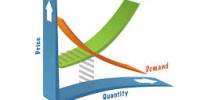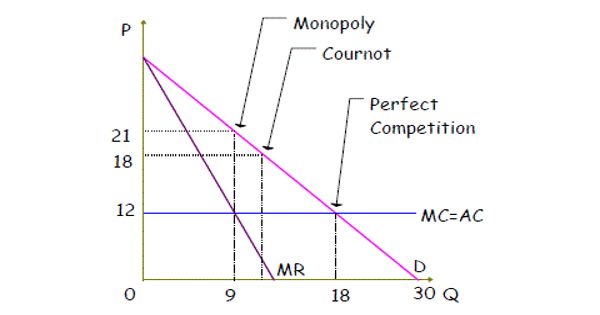Autonomous consumption, also known as exogenous consumption, refers to the purchases that people must make even if they don’t have any money. Only when spent on these consumables does not vary with changes in income is such consumption called income-independent; in general, it may be necessary to fund requirements and debt commitments. When a consumer’s resources are limited, paying for these essentials may compel them to borrow or access the money they had been saving.
If a person has no income, they may have to borrow money or use their savings to meet these needs. Because it is financed by borrowing or eating up savings, this consumption counts as dissaving if income levels are genuinely zero. Even if a person is broke or has little to no spare cash, some products and services must be acquired. Food, shelter (rent and mortgage), and hygiene items are examples of goods, as are utilities and healthcare services.
When a consumer’s resources are limited, meeting their basic needs may compel them to borrow or access money that they had previously set aside. The expenditures are regarded independent, and hence autonomous, of the money produced because their value in maintaining a basic level of life is undeniable. Autonomous consumption is defined in economics as the expenditures that consumers must make even when they have no income.
Autonomous consumption levels are determined by a number of characteristics that define what assets a consumer can use to maintain a basic quality of life in the event of a loss of current income. It differs from induced consumption in that it does not change with income in the same way that induced consumption does. Autonomous consumption, on the other hand, differs from discretionary consumption, which refers to money spent on non-essential products and services.

Even if a person does not have any money, they require essential necessities such as food, shelter, utilities, and medical care. These expenditures, regardless of personal income, cannot be avoided, and as a consequence, they are considered autonomous or independent. Discretionary consumption costs, on the other hand, rise in tandem with income levels. Household discretionary spending includes high-quality meals and automobiles. Autonomous consumption contrasts with discretionary consumption, which refers to non-essential products and services that are desired if a consumer’s available income allows them to acquire them.
The term “discretionary consumption” actually refers to having enough money to spend on non-essentials like entertainment or luxury trips. If a consumer’s income were to evaporate for an extended period of time, he or she would have to either tap into savings or take on more debt to cover necessary needs. Autonomous consumption differs from induced consumption, which varies according to income levels.
When a household’s disposable income rises, the consumption level is likely to grow as well. When disposable income is zero, there is no induced consumption. This category might include a wide range of common items and services. When events limit or destroy sources of income, or when accessible savings and financing choices are limited, the amount of autonomous spending might fluctuate. Downsizing a house, modifying dietary habits, and restricting the usage of particular utilities are all examples of this.
When discretionary income grows, induced consumption occurs, resulting in an increase in expenditure. The antithesis of saving is dissaving, which refers to spending money beyond one’s means. This can be accomplished by withdrawing funds from a savings account, using a credit card to obtain cash advances, or borrowing against future earnings (via a payday or regular loan). Consumers are obliged to dip into their home funds when times are tough in order to maintain their level of life.
In a circumstance when household savings are low, most consumers end up taking on more debt to cover their needs. The economy has negative savings if autonomous spending within a community or population exceeds the cumulative income of the included people (and it is likely taking on debt to finance its expenses). Discretionary consumption is defined as any expenditure above the most basic cost of demands, and it is dependent on income variables.
A person does not need to be in financial difficulty to start squandering their money. For example, a person may have substantial savings for a major life event, such as a wedding, and wish to utilize the cash for a discretionary cost. Increases in autonomous spending, as opposed to current revenues, can also lead to low levels of saving in the economy. Dissaving, on the other hand, isn’t necessarily the outcome of financial troubles.
Funds prescribed for certain programs and purposes deemed critical for the nation’s good functioning, such as Social Security, Medicare, and Medicaid, are referred to as mandatory, or autonomous, expenditures. Government expenditure may have a substantial influence on the economy’s autonomous spending. For example, when governments raise funding for programs like Social Security and Medicare so that they run smoothly, the individual’s financial burden is decreased. They are government-mandated expenditures, often known as autonomous expenditures.
Discretionary money, on the other hand, might be used for initiatives that benefit society but aren’t regarded important. Discretionary funds are often used to assist projects relating to defense, education, and transportation. The government, on the other hand, may engage in discretionary spendings, such as education programs and free public transportation. In most cases, a well-functioning social welfare system leads to an increase in household savings.
Information Sources:
















